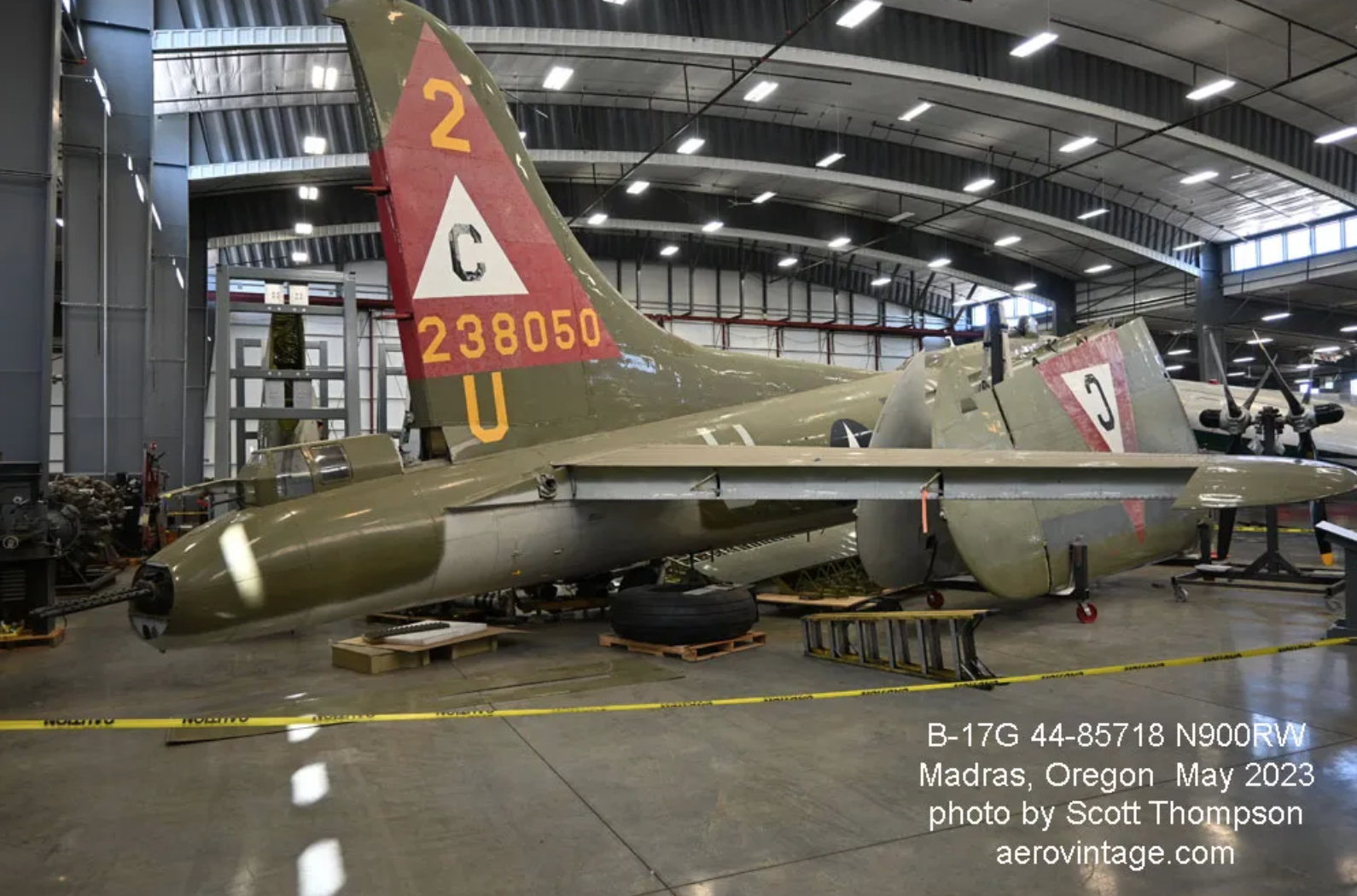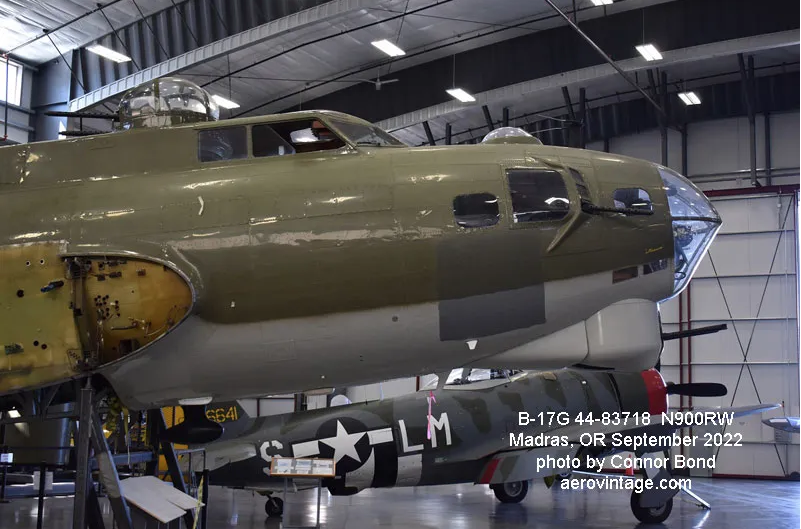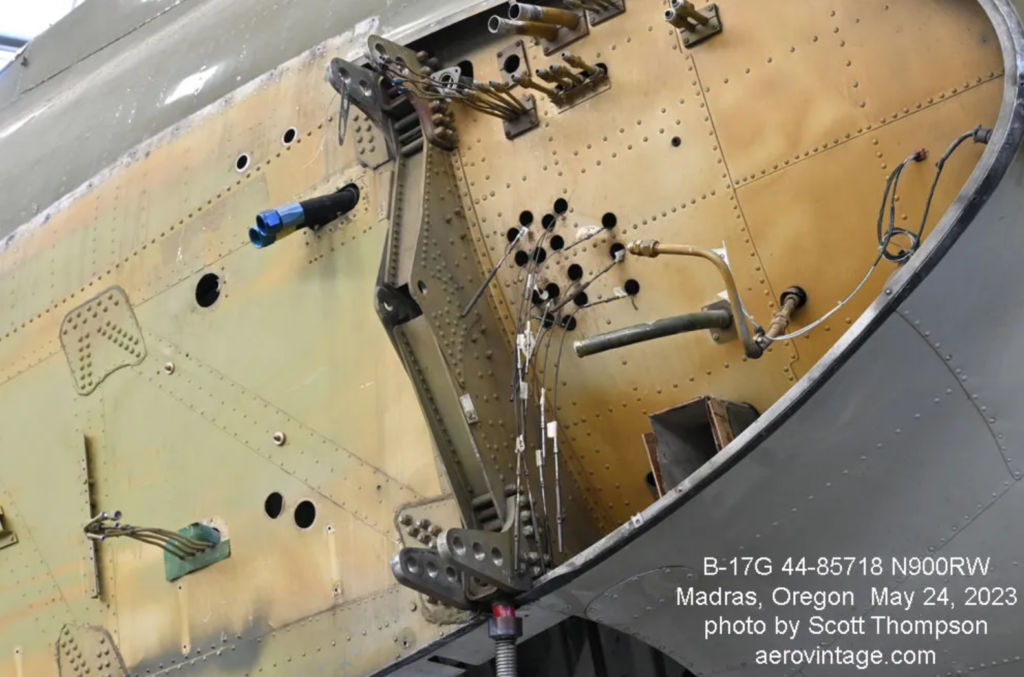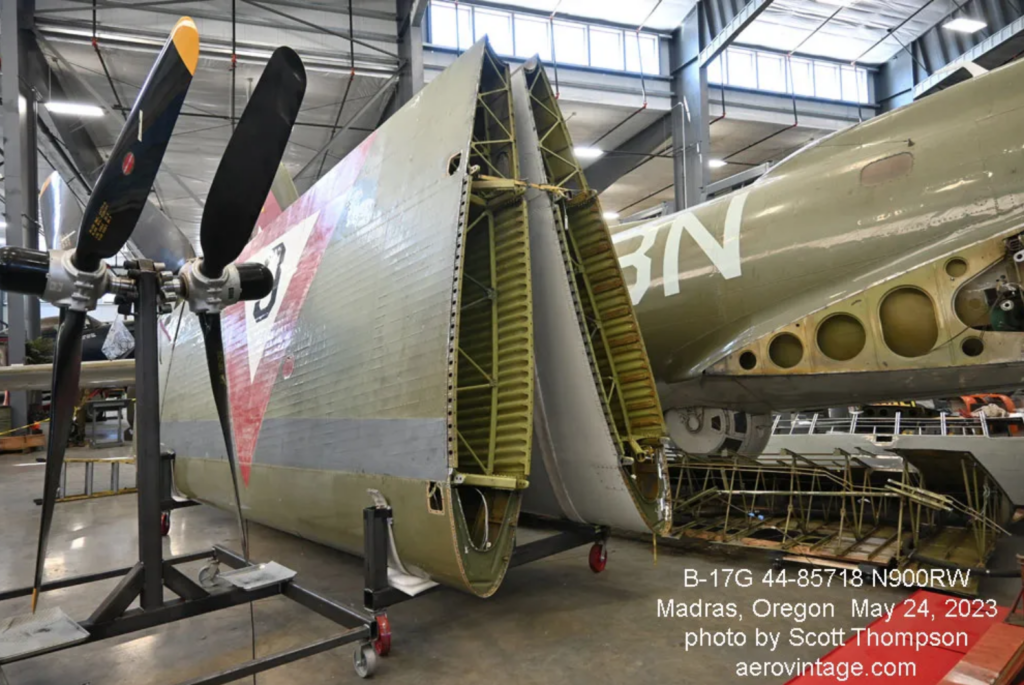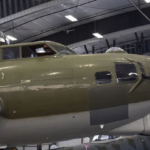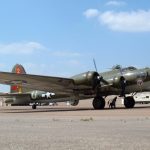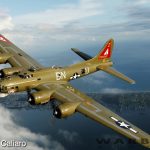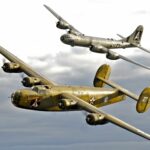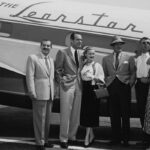As most readers will remember, Boeing B-17G Flying Fortress 44-83718 (N900RW) has been undergoing restoration within a hangar at the Erickson Aircraft Collection in Madras, Oregon since its arrival some three years ago. This aircraft, which flew for many years as Thunderbird with the Lone Star Flight Museum, now belongs to the Mid America Flight Museum. Following the latter museum’s acquisition of Thunderbird in December, 2020, they ferried it to Madras for inspection and repairs – a lengthy endeavor which remains in progress. AeroVintage’s publisher, Scott A. Thompson, recently paid a visit to Madras, and passed along the following information and images regarding the Fort’s return to flight.
B-17G 44-85718 has been disassembled into major components. It will be at least another year before the Fortress becomes operational again. Note the painted-over Thunderbird name and nose art. (photo by Connor Bond)by Scott A. Thompson of Aero Vintage
I had the occasion to visit the Erickson Aircraft Collection museum at Madras, Oregon, recently, and took a close look at the B-17. At this point, in June 2023, the airframe remains in disassembled storage awaiting the arrival of some new wing parts. The inner wing panels are in custom jigs with their trailing edges removed. Once the new wing parts arrive (expected later this year) the wing panels will receive some extensive rework to incorporate the new components. As part of this endeavor, the recently-issued FAA Airworthiness Directive which addresses issues with the joint between the spar chord tubes and the wing attach terminal fittings will also be satisfied. The airframe, having already undergone a thorough inspection, will then undergo reassembly for its return to flying condition. That being said, the timeline for its first post-restoration flight remains fuzzy as the latter process will require significant effort. The B-17 will most likely receive a new livery as well, although details on which aircraft the new paint scheme will represent remain closely held at present.
Once the bomber is flying again, it will return to its home at the Mid America Flight Museum in Mount Pleasant, Texas. According to the museum, they presently have no intention of participating in an FAA Living History Flight Experience program, so will not be selling rides nor touring with the aircraft. It will simply operate as part of the museum’s extensive fleet of airworthy historic aircraft, making flights and participating in events of their choosing.
A short history of 44-85718: Lockheed delivered this B-17 to the U.S. Army Air Forces on May 8th, 1945. With the war in Europe over, the Fort went directly into storage, winding up in a surplus in Altus, Oklahoma. In 1947, France’s Institut Geographique National (IGN) bought the airframe, along with three other new B-17Gs. The IGN registered 44-85718 as F-BEEC on the French civil registry, one of fourteen examples the organization modified and flew as part of their world-ranging aerial survey operations over the next four decades. F-BEEC finally retired from IGN service in 1984, moving to new owners in the UK before the Lone Star Flight Museum acquired it in 1987. Over the intervening decades, the B-17 regained its military guise, but it still retains a few external vestiges of its French survey modifications – these being the windows installed in the lower nose section just aft of the plexiglass nose, and the plexiglass nose piece itself. The Mid America Flight Museum presently has no plans to return the nose section to a standard B-17G configuration, so the indicator of the aircraft’s prior use will remain intact for now. For those wishing to learn more about this fascinating aircraft, the book Final Cut: The Post-War B-17 Flying Fortress and Survivors has a lengthy chapter dedicated its history, complete with numerous images from its past.
Many thanks indeed to Scott A. Thompson (and Connor Bond) for allowing us to reproduce this article describing Thunderbird’s present condition… his book, Final Cut: The Post-War B-17 Flying Fortress and Survivors as well as other titles are the gold standard when it comes to the airframe history it describes!







